
Film Grain:
Valve gave us a short demonstration level to play around with, which shows the two remaining effects that they're researching. The first of those is Film Grain. If you've ever watched an old film on the big screen, or even just the same recycled advertising before the trailers start, you will have witnessed the damage that dust and scratches do to celluloid. This happens because the film, running on the reel-to-reel projector, is not running in a sealed environment and picks up all kinds of microscopic rubbish floating in the air.The grain is a subtle but important visual element of the big screen film, as it helps to provide complexity to a scene. Since Valve is trying to create a cinematic experience with Day of Defeat: Source, varying degrees of noise can be used to achieve a particular style. The game is set in World War II, so the trailer that Valve has created uses film grain to great effect, as it gives the trailer the look of being from the era that the game is set in ie 60 year-old archive footage rather than a 21st Century computer game.
Valve actually used a very high level of film grain in the trailer, which is displayed in the images above. That, coupled with the random dust splotches throughout the scene helps to make the game look older than it actually is. At first, it doesn't look as impressive as it really is, as it is attempting to trick your eyes in a number of ways.
Your brain expects everything to look super-crispy, not just because you are probably already familiar with the Day of Defeat levels, but because it's a modern computer game. However, since Day of Defeat based in the 1940's, recording equipment was far from capable of recording crisp and clear film strips. When put in the correct context, the film grain effect works incredibly well. The trailer is designed to look like a news flash, and boy does it look like a 1940's news flash!
Colour correction is another important part of creating the right atmosphere for the gamer - the screens above show how subtle changes in colour really help to take you back in time to where Day of Defeat was set. The colours are slightly washed out, which adds even more credibility to the look and feel of being in the 1940's, fighting for your life in the middle of an intense urban skirmish.
The two effects mixed together gives an interesting feel to the gaming environment: bricks, walls and objects are no longer crisp and clean cut. It is almost like you're physically taking part in Saving Private Ryan or Band of Brothers, rather than sitting back and watching a film. Noise is an inherent part of our visual system, so it actually looks much more normal than you could imagine.
We deliberately left the frame rate overlay on in FRAPS (top left of screen) to give you an idea of how much of a performance hit there is. We tested on an Alienware laptop fitted with GeForce Go 6800, a Pentium M 2.13GHz and 1GB of memory. The game details were set to 1440x900 2xAA 8xAF, high details with water detail set to 'Reflect All' and full HDR was enabled too. The frame rate dropped a mere four frames per second - roughly 10% - after enabling Film Grain at those settings.
Obviously, not every game is going to benefit from film grain and it will ultimately depend on the game's setting. Games like Day of Defeat: Source will really benefit from it, in our opinion - itwill help to take the gamer back into the time period where the game is based, giving them a more cinematic and immersive experience.
The grain effect can also help with anti-aliasing, as the additional noise can help to trick your eyes into thinking that the edges are smooth. Aliasing is one thing that the human eye picks up relatively easily, so using something like a graining effect can help to remove the aliased edges, shaders, and mipmap boundaries that are susceptable to texture shimmering.

MSI MPG Velox 100R Chassis Review
October 14 2021 | 15:04

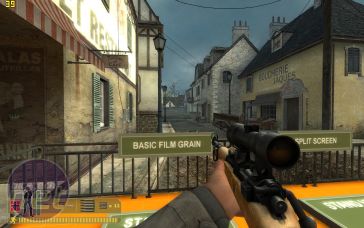
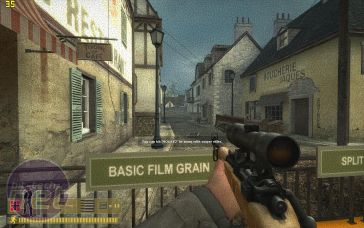
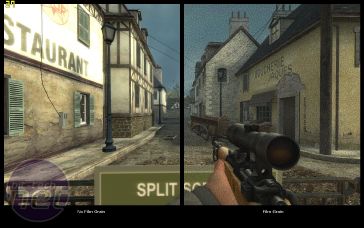

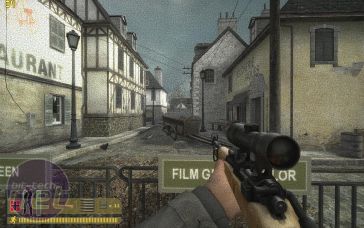
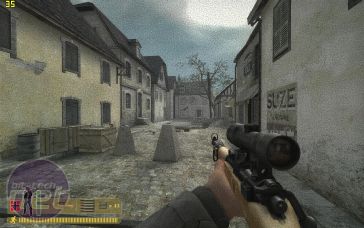








Want to comment? Please log in.